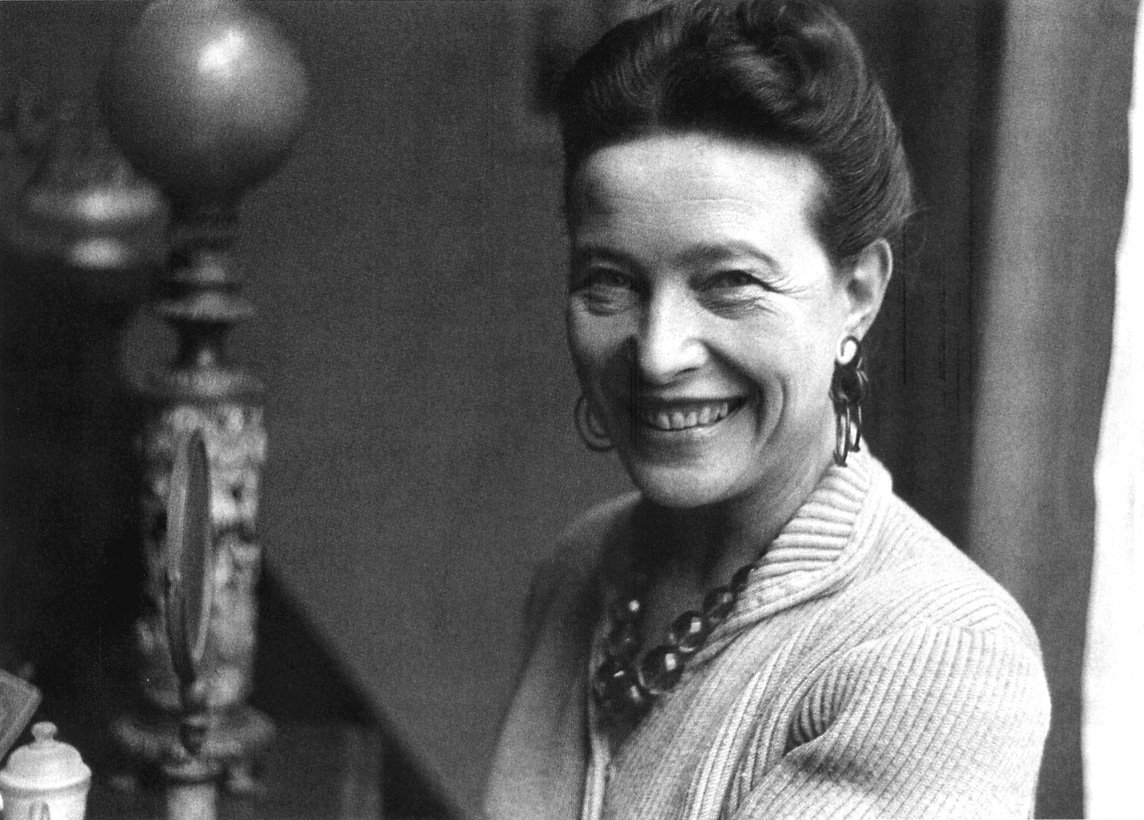A couple of weeks ago I was looking for a book at home and my eyes kept being drawn to big books: 2666, The Emperor of Lies, Ulysses, The Satanic Verses, Stone Upon Stone. Thick books with titles and author names in large font—and I noticed all by men. And what about women? I’d studied literature, helped judge the Best Translated Book Award a couple times, and I review books, so I assumed I had lots of big books, a good balance of literary work by everyone from everywhere. In a few minutes’ time though I counted eighteen big, 500-plus-page books by men and just one by a woman: Simone De Beauvoir’s The Second Sex.
Nearly half of my books were sent to me over the years by a wide range of publishers, and in 2013 I’d resolved as a critic to focus more on books by women. But scanning all my books, it was easy to see there were far more male authors on my shelves. The uneven gender ratio is my loss, and part of a much larger issue, of course.
In July 2013, the first English translation of Giacomo Leopardi’s 2,600-page Zibaldone was published. For translation fans, this was huge. It’s been received as a peerless triumph for the publisher and the translators. I tweeted about it at one point, bragging that I knew it existed. Yet its existence has since made me wonder: How many 2,600-page books by women have ever been written and published in their original language, let alone survived the centuries to be treated later as a treasure deserving the financial investment of careful translation and publication? In October, Eleanor Catton’s 850-page novel The Luminaries, her second book, won the Booker Prize, worth £50,000. That same month, Alice Munro, who deliberately focused on the short story rather than big novels, won the Nobel Prize for Literature, yielding her 8 million Swedish kroner, about $1.2 million for a lifetime of work. Stellar news for these writers. Yet in November, fueled by movie buzz, Garth Risk Hallberg’s 900-page novel City on Fire drew 10 bids from publishers for more than $1 million—about what Munro received for her Nobel—and finally yielded him a $2 million advance. It is his first book.
Taken together, readers and critics like me who think they read widely, and the publishing industry that supports big books with awards and sometimes throws massive advances at authors, still aren’t doing enough to address an old, far-reaching problem: the world does not place a high value on what women have to say. The industry sticks to its proven formula of favoring men when it comes to literature, and as a reader each year I am swayed by journals that reward this blind formula with “big news” stories about male authors.
So for 2014, I will fight that. I have compiled a big and varied list of female writers from all over the world, including experimental prose, translated poetry and essays, and some classic feminist texts. (My focus on women writers is by no means a unique project; Lilit Marcus and Jonathan Gibbs did it just this year).
I had planned to start the year with The Second Sex. But as both men and women have pointed out to me, there are troubles with both of the English translations in print, troubles this article describes very well. Short of learning French, reading what Beauvoir really wrote in her classic will prove tricky. So instead I plan to read Middlemarch first, while fine-tuning a method to read The Second Sex.
—
Matthew Jakubowski is the Interviews Editor at Asymptote. His fiction is forthcoming from the Irish literary journal Gorse, and his reviews appear widely, most recently online at 3:AM Magazine. Follow him on Twitter @matt_jakubowski.

